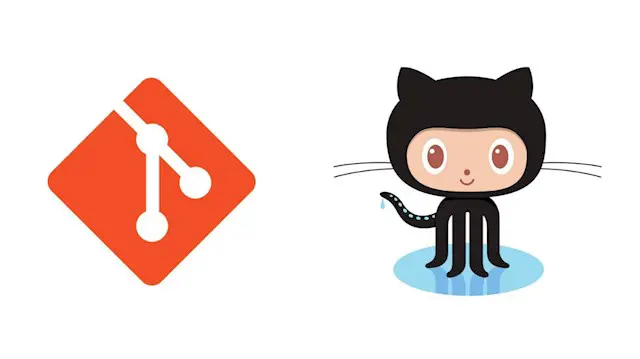- Certificate of completion - Free
- Reed courses certificate of completion - Free

Git and GitHub Course
Uplatz
Self-paced videos, Lifetime access, Study material, Certification prep, Technical support, Course Completion Certificate
Summary
Overview
Certificates
Certificate of completion
Digital certificate - Included
Course Completion Certificate by Uplatz
Reed courses certificate of completion
Digital certificate - Included
Will be downloadable when all lectures have been completed
Curriculum
Course media
Description
Git and GitHub – course curriculum
- In this module, you'll be introduced to the concept of version control, which will make managing and rolling back your code look super easy. You’ll learn how to differentiate between files and the tools at your disposal to make this happen. Next, you'll be introduced to Git and how you can leverage that platform to improve your coding abilities. Once you’ve got a grasp on what Git is, you’ll install it and start using it to create and clone code repositories. Last up, you’ll deep dive into Git in order to get more familiar with the different tools and commands it has to offer.
- Version Control System
- Git Introduction
- Git Installation
- Git Workflow
- Creating Remote Repository
- How to add existing project to GitHub using Git Bash
- Working with Repositories
- Deleting Files
- Working with Branches
Who is this course for?
Everyone
Requirements
Passion and determination to achieve your goals!
Career path
- GitHub Application Developer
- DevOps Engineer
- Software Developer
- CI/CD Engineer
- Software Engineer
- Software Engineer, C++, Python, Git, Kubernetes
- Google Flutter App Developer - Git, RESTful API, Cloud
- Senior Software Engineer, Git Client
- Senior Software Engineer, Git
- Data Engineer - Git
- Digital Solutions Designer- Git, Docker, Python
- Programmer
- Tech Lead
- Dev Lead
- Cloud Engineer
- Change Manager
Questions and answers
Currently there are no Q&As for this course. Be the first to ask a question.
Reviews
Currently there are no reviews for this course. Be the first to leave a review.
Legal information
This course is advertised on Reed.co.uk by the Course Provider, whose terms and conditions apply. Purchases are made directly from the Course Provider, and as such, content and materials are supplied by the Course Provider directly. Reed is acting as agent and not reseller in relation to this course. Reed's only responsibility is to facilitate your payment for the course. It is your responsibility to review and agree to the Course Provider's terms and conditions and satisfy yourself as to the suitability of the course you intend to purchase. Reed will not have any responsibility for the content of the course and/or associated materials.
FAQs
Interest free credit agreements provided by Zopa Bank Limited trading as DivideBuy are not regulated by the Financial Conduct Authority and do not fall under the jurisdiction of the Financial Ombudsman Service. Zopa Bank Limited trading as DivideBuy is authorised by the Prudential Regulation Authority and regulated by the Financial Conduct Authority and the Prudential Regulation Authority, and entered on the Financial Services Register (800542). Zopa Bank Limited (10627575) is incorporated in England & Wales and has its registered office at: 1st Floor, Cottons Centre, Tooley Street, London, SE1 2QG. VAT Number 281765280. DivideBuy's trading address is First Floor, Brunswick Court, Brunswick Street, Newcastle-under-Lyme, ST5 1HH. © Zopa Bank Limited 2025. All rights reserved.

